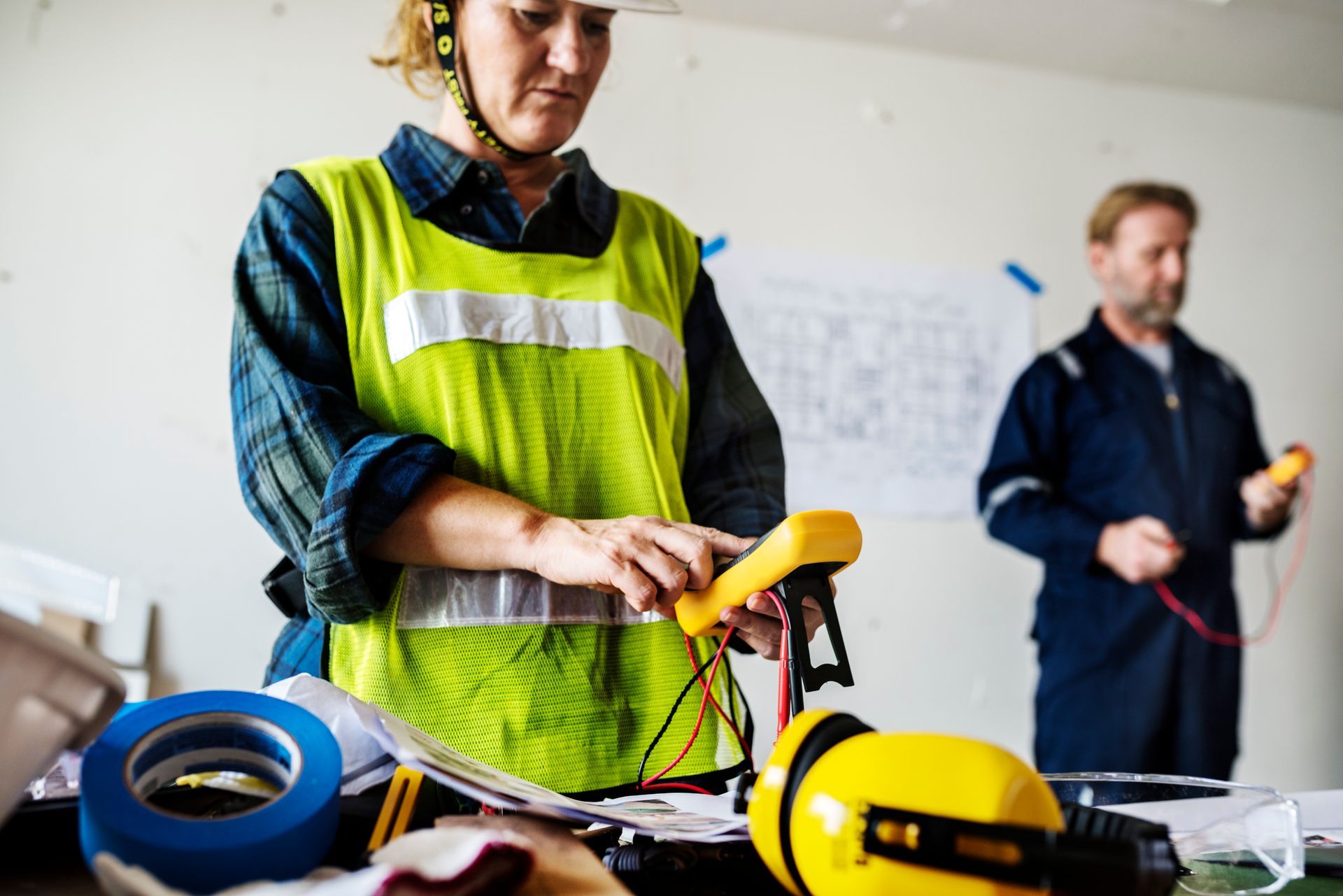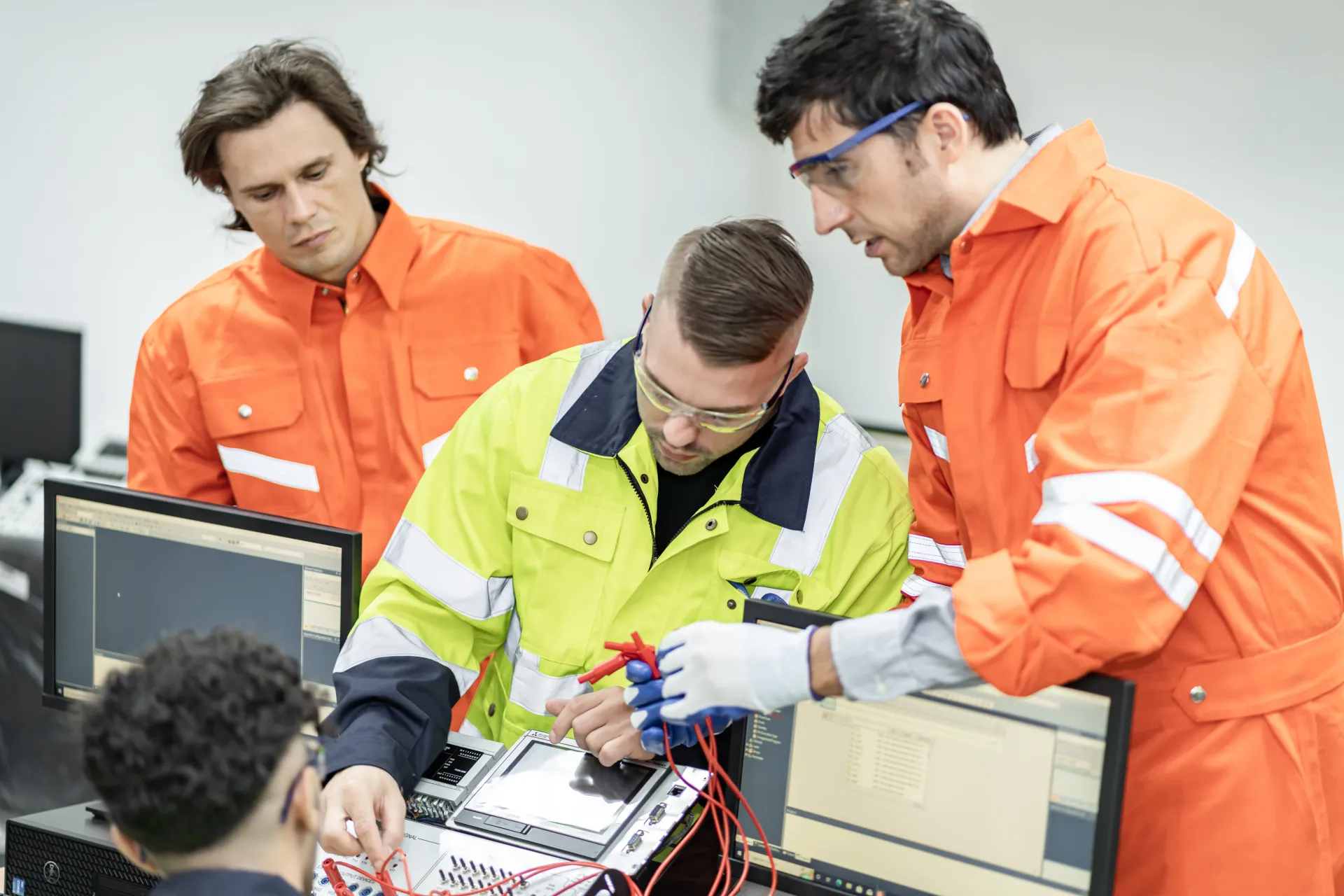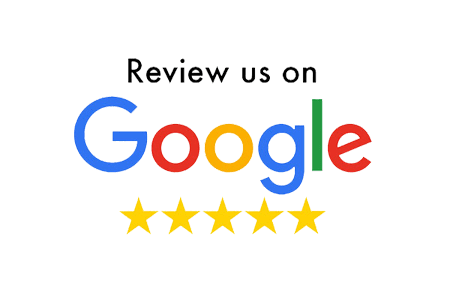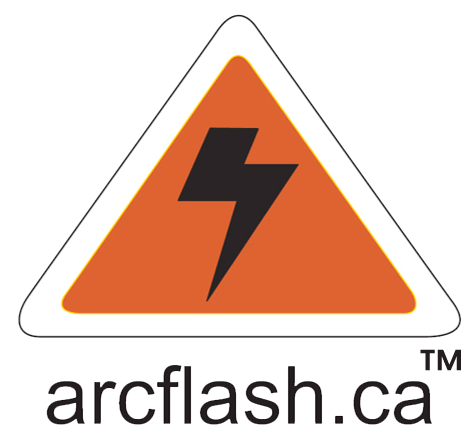2018 IEEE 1584 – 125 kVA Transformer Exception DELETED!
Plus, Learn About The 2019 Amendments To The Electrical Safety Code!
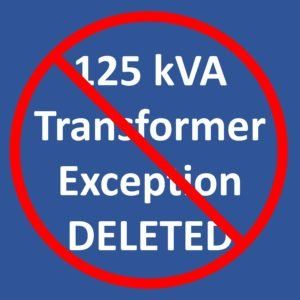
It’s January 2019! If you haven’t already, it’s time to start thinking about getting your team properly trained when it comes to electrical safety and lockout. A great place to start is by downloading our NEW Arc Flash Electrical Worker Quick Field Guide APP on Google Play for just $2.99 ( Buy Here ), as well as checking out our brand new Online Electrical Safety Course in our E-Store !
In this month’s newsletter we will touch upon:
·The Deletion Of The 125 kVA Transformer Exception - Courtesy of Jim Phillips - Brainfiller.com
·Ontario Electrical Safety Code Amendments
· TheElectrical Safety Workshop in Jacksonville FL, USA
2018 IEEE 1584 – 125 kVA Transformer Exception DELETED!
125 kVA – Going, going, gone!
After much speculation about the fate of the 125 kVA transformer “exception”, the 2018 Edition of IEEE 1584 – IEEE Guide for Performing Arc-Flash Hazard Calculations has finally been published and made it official. The 125 kVA transformer exception has been deleted!
In its place is the new language:
“Sustainable arcs are possible but are less likely in three-phase systems operating at 240 V nominal or less with an available short circuit current below 2000A”
What Happened?
The original language is from the 2002 Edition of IEEE 1584. It was based on a few tests that indicated sustaining an arc flash at lower levels of short circuit current and lower voltage would be unlikely due to a limited conducting plasma and limited voltage to support the arc. The original 2002 language stated:
“Equipment below 240 V need not be considered unless it involves at least one 125 kVA or larger low-impedance transformer in its immediate power supply”
However, subsequent testing for the 2018 Edition of IEEE 1584, along with using new electrode configurations that were introduced indicate that under very specific conditions, it was possible to sustain an arc down to a much lower value of current which was used as the basis for the new 2000 Amp value. However even at that level, there are no guarantees that an arc would never sustain. This is why the words were added: “Sustainable arcs are possible but less likely.” Just like it states: It is unlikely but, never say never.
Another departure from the original language is to base the lower limit on short circuit current rather than using kVA as found in the 2002 edition.
Why?
Because the issue is not really dependent on transformer size. It is dependent on short circuit current and there is a relationship between transformer size and short circuit current. This time around, the focus is simply on the current – independent of what resulted in the lower current. That way if there is a case such as a long feeder has a low short circuit current but happens to be served by a larger transformer, the new language may be used regardless of the transformer size.
125 kVA and NFPA 70E?
Some often refer to the 125 kVA exception as having its origins from NFPA 70E and think it was already deleted. That is not the case. It was added to the 2009 Edition of NFPA 70E but the language was derived from the 2002 Edition of IEEE 1584. However, it was subsequently deleted in the next Edition of NPFA 70E although the original IEEE 1584 source remained. Until now.
Ontario Electrical Safety Code Amendments
Ontario Electrical Safety Code (27th edition/2018)
ESA has collaborated with its safety partners to produce a new edition of the Ontario Electrical Safety Code (Code). The Minister of Government and Consumer Services has approved the regulatory amendment to adopt the 2018 Ontario Electrical Safety Code, and it will come into effect on May 16, 2019. Electrical work conducted after the effective date needs to meet its requirements.
The 2018 edition of the Ontario Electrical Safety Code –which includes the Canadian Electrical Code Part 1 plus several Ontario-specific amendments – reflects changes in technology and the marketplace, and incorporates feedback from stakeholders, technical reviews and new safety insights. The new edition includes changes designed to enhance electrical safety and protect workers and the public, including:
·Re-write of Section 10 requirements for bonding and grounding have been reorganized and reduced in size with some changes that will improve safety and simplify the installations;
·Expanding the use of Tamper-resistant receptacles in educational facilities and hotels/motels;
·Requirements for installing an identified (neutral) conductor at each control (switch) location of permanently installed luminaire;
·Alignment with the Ontario Building Code to prevent the installation of high-voltage conductors over buildings;
·Providing of adequate working space for electrical workers to undertake necessary repairs, maintenance and installation of transformers greater than 50kVA;
·Prohibiting of installation of cables in concealed locations in corrugated roof decking
·Adding requirements for Energy Storage systems; and
·Facilitating the use of Power over Ethernet to provide a pathway for sources of electricity.
Join Arc-Flash Founder, Len Cicero – Master Electrician - At The 019 Electrical Safety Workshop In Jacksonville FL, USA,
March 4-8, 2019!
The 019 Electrical Safety Workshop to be held in Jacksonville FL, USA March 4-8, 2019. The registration site is open and waiting for you to register for the 2019 Electrical Safety Workshop. Currently the early bird registration fee is at a discount price saving you 20% on the registration fee.
If you are thinking, “How will I get my management team to commit to funding my attendance to this workshop?” The following are examples of just a few of the possible benefits for attending the ESW that you could consider proposing to your management team:
1) The conference will be providing 7 pre/post conference tutorials, 30 technical papers, case studies, student poster sessions and much more.
2) Attending the electrical safety conference can grow your knowledge of electrical safe processes as well as provide opportunities to network with other people and industries
3) Opportunities to make contacts with other thought leaders in electrical safety who can help with your specific needs
4) Commit to bring home best practices to share
Register for the Electrical Workshop today, before you miss out on these opportunities.
We hope you enjoyed all of the information in our January Newsletter and look forward to hearing from you, as well as bringing more up-to-date electrical safety information and tips in our February Newsletter!
As always, you are invited to contribute a story or a question that you would like to bring forward to other readers, related to workplace electrical safety or lockout, including PPE and safety equipment.
Please send your stories and questions to Len at len@arcflash.ca. You can also continue the conversation with us on our LinkedIn Workplace Electrical Safety Communications group, as well as on Facebook.



